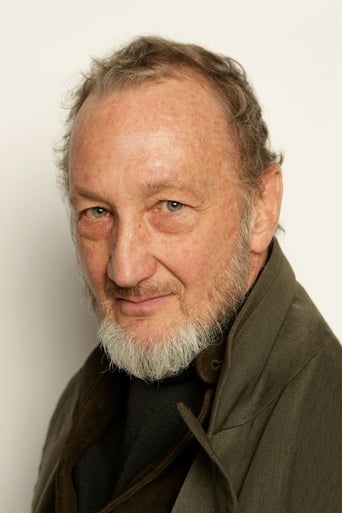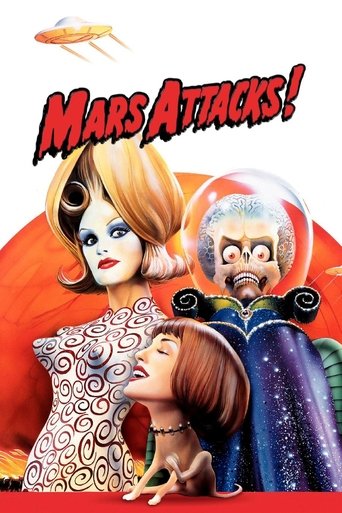
Galaxy of Terror (1981)
As a lone spaceship proceeds on its long voyage across space, the crew are surprised to encounter a strange pyramid form. Surprise turns to horror as one by one, they discover that their darkest nightmares are all starting to become real. The pyramid has to be behind it all somehow, but how can they save themselves from its influence?
- Bruce D. Clark
- Marc Siegler
- Bruce D. Clark
Rating: 5.254/10 by 205 users
Alternative Title:
Mindwarp: An Infinity of Terror - US
Planet of Horrors - US
Quest - US
Galaktyka terroru - PL
A félelem galaxisa - HU
La galaxia del terror - ES
Галактический террор - RU
Country:
United States of America
Language:
English
Runtime: 01 hour 21 minutes
Budget: $700,000
Revenue: $0
Plot Keyword: spacecraft, monster, gore, alien, murder, alien planet, stranded, planet, astronaut, alien possession, space monster, trapped in space
The first ten minutes of this really do have you reaching for the fast forward button, but once it settles down and we get past the characters/plot establishment sequences, it turns into an half-decent sci-fi murder mystery. The crew of a spaceship are sent on a rescue mission. When they arrive at the site, they discover that the other crew have been brutally slaughtered and, trapped by an electro-magnetic storm, they now have to look to their own self-preservation. B.D. Clark manages - actually quite an achievement - to generate a bit of suspense aided by Barry Scrader's slightly over-the-top score, but the acting is pretty dreadful. Erin Moran (whom I'm sure was in "Happy Days") and Edward Albert really draw attention to the low-budget sets and effects; and the story is all pretty routine
**_Corman-produced sci-fi in the wake of “Alien”_** In the future when humanity is involved in space travel and governed by “The Master,” a rescue spacecraft is sent to a remote planet to investigate a crashed vessel. Things go from bad to worse. People tend to write off “Galaxy of Terror” (1981) as an “Alien” knockoff,” which it is, but that iconic Ridley Scott film itself ripped-off every main aspect of the first half of "Planet of the Vampires," aka "Terror in Space" (1965). So it wasn't exactly original, although it was well-done and superior. This is basically a combination of those two films with bits borrowed from "Forbidden Planet" and, of course, Star Trek (both the Original Series and the first movie). Unlike Roger Corman’s “Battle Beyond the Stars” from the year prior, there’s no Star Wars-like cuteness. This is dead-serious adult-oriented sci-fi in the manner of the aforementioned works, perhaps best known for a giant slimy maggot sequence involving statuesque blonde Taaffe O'Connell (Dameia), It’s also known as the movie that paved the way for James Cameron’s breakthrough. He was the art director and talked Corman into being the second unit director. He wrote & shot the arm-severing sequence wherein two producers happened to be in the studio. They were so impressed that they hired James to direct his first movie “Piranha II: The Spawning.” After that, he was ready for “The Terminator” and the rest is history. Aside from Taaffe in the feminine department, there’s Erin Moran as a crewmember with psychic powers. Meanwhile Grace Zabriskie is surprisingly appealing (and convincing) as fit Captain Trantor. I say “surprisingly” because I only know her from roles when she was older, such as Susan’s mother, Mrs. Ross, in several episodes of Seinfeld. Notables Ray Walston, Robert Englund and Sid Haig are also on hand. Like “Planet of the Vampires,” this starts to get dull in the mid-section with crewmembers scampering around dark sci-fi sets, usually in terror, but the grim atmosphere is palpable and the ending is fairly interesting. It influenced “Aliens” (Cameron went on to direct that famous film five years later), as well as “Event Horizon” and “Sphere.” It runs 1 hour, 21 minutes, and was shot at Corman's studio in Venice, California, his "renowned lumberyard facility," as well as Santa Monica. GRADE: B-
































